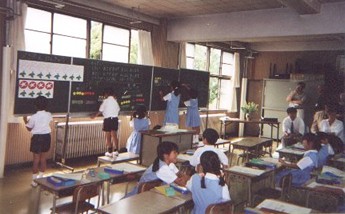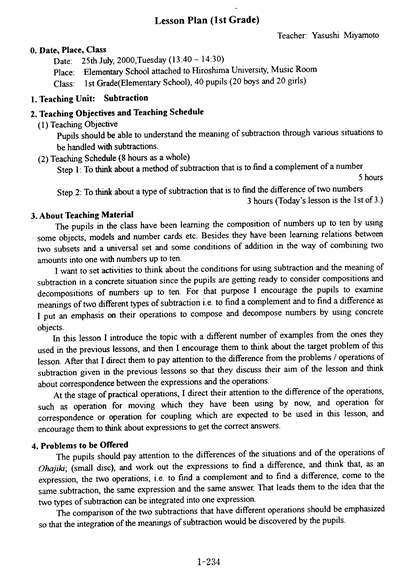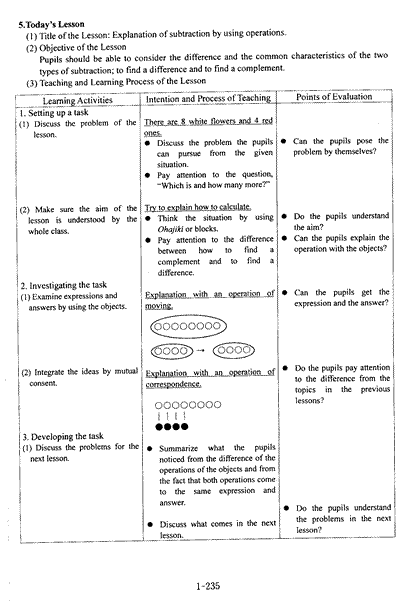Copyright © University of Cambridge. All rights reserved.
'A Japanese Mathematics Lesson' printed from https://nrich.maths.org/
Show menu
Whilst attending the Psychology of Mathematics Education conference in Hiroshima, Japan (July 2000) delegates were given the opportunity to visit some classrooms to watch mathematics lessons. These schools were 'selective' schools and so did not necessarily present the typical Japanese classroom. However, they demonstrated the general aims and current direction of mathematics teaching in Japan. Indeed, the lesson I watched with 1st Grade children (6 years) had many similar characteristics to the lessons I saw in Tsukuba six years earlier.
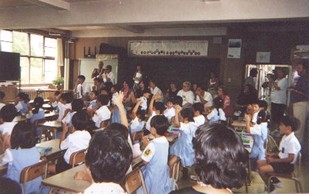
In the classroom I visited, along with 50 other mathematics educators from around the world, were 40 six-year-olds, who in their first year of school, had happily come in on a holiday so their teacher could give the demonstration lesson. The lesson was on Subtraction and was the sixth lesson in a unit of eight lessons. The teacher's own lesson plan is given below, but I would like to share some first-hand observations.
- The teacher began with some games to relax the children - a number game and a clapping game, which the children enjoyed very much - lots of laughter. There was clearly a warm relationship between teacher and pupils.
- The lesson itself was very structured, with every phase orchestrated by the teacher. However, it was done in a way that elicited maximum participation by the children and gave the feeling that they were making the decisions.
- During the main lesson activity the children wrote down the problem, solved the problem using blocks, recorded their solution in a drawing and wrote about their solution, while the teacher moved around giving guidance if needed.
- Several children confidently put their solutions on the board at the front of the room using chalk and magnetic objects. The children then had to explain their solutions to the class and the teacher used these as the focus for the final discussion and review of the lesson.
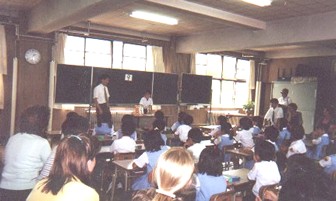
After the children had left, the teacher discussed the lesson with his 50 or so guests via a translator. He explained several key principles he uses in his teaching:
- Facilitate the exchange of ideas - "like playing catch", and encourage the children to initiate this sharing.
- "Mistakes are treasures in mathematics learning", so errors are shared too and strengths found in incorrect solutions.
- A trusting relationship between teacher and pupils is essential.
- Part of teaching mathematics is to teach "note book" skills i.e. Recording and expressing ideas.
